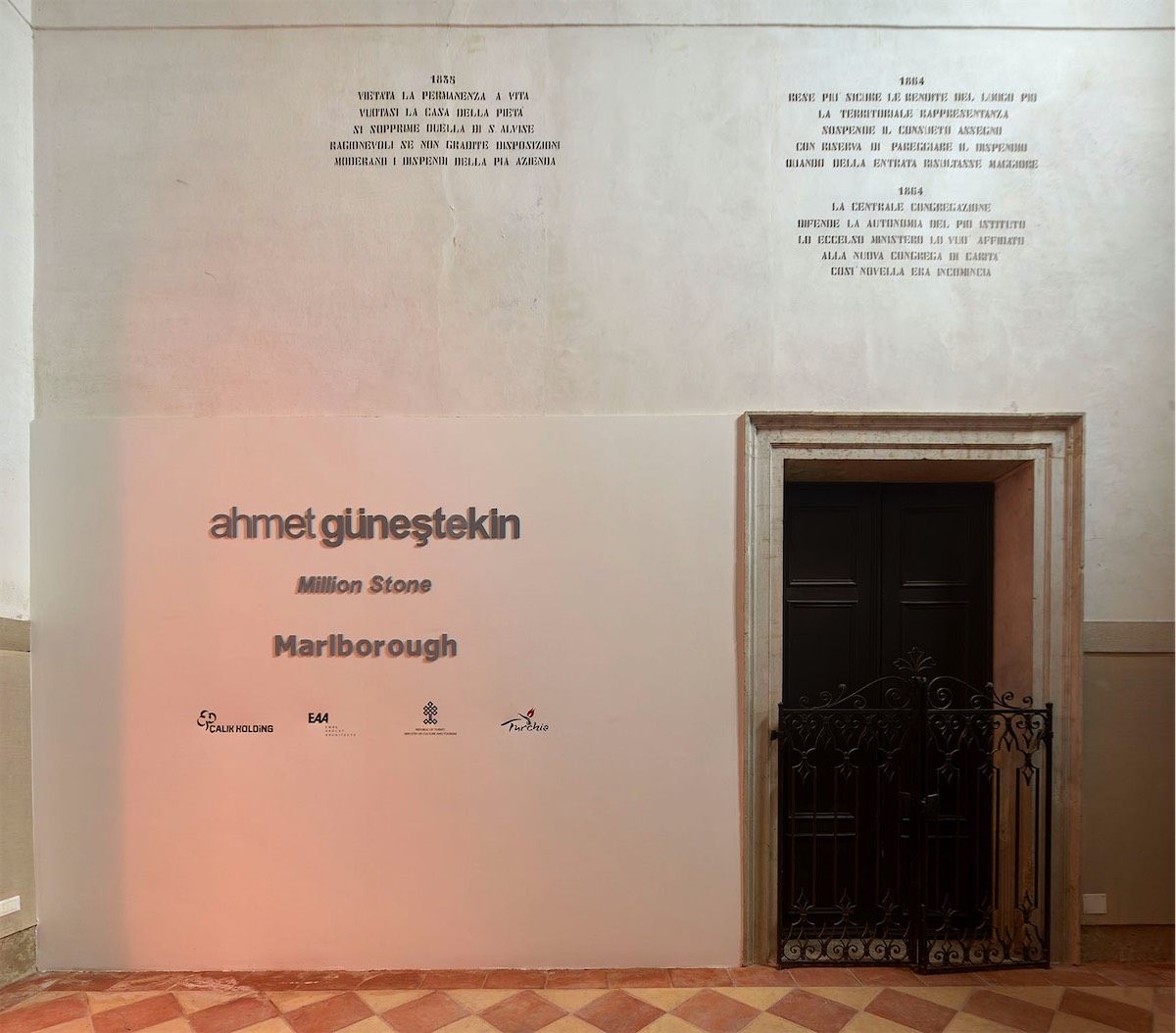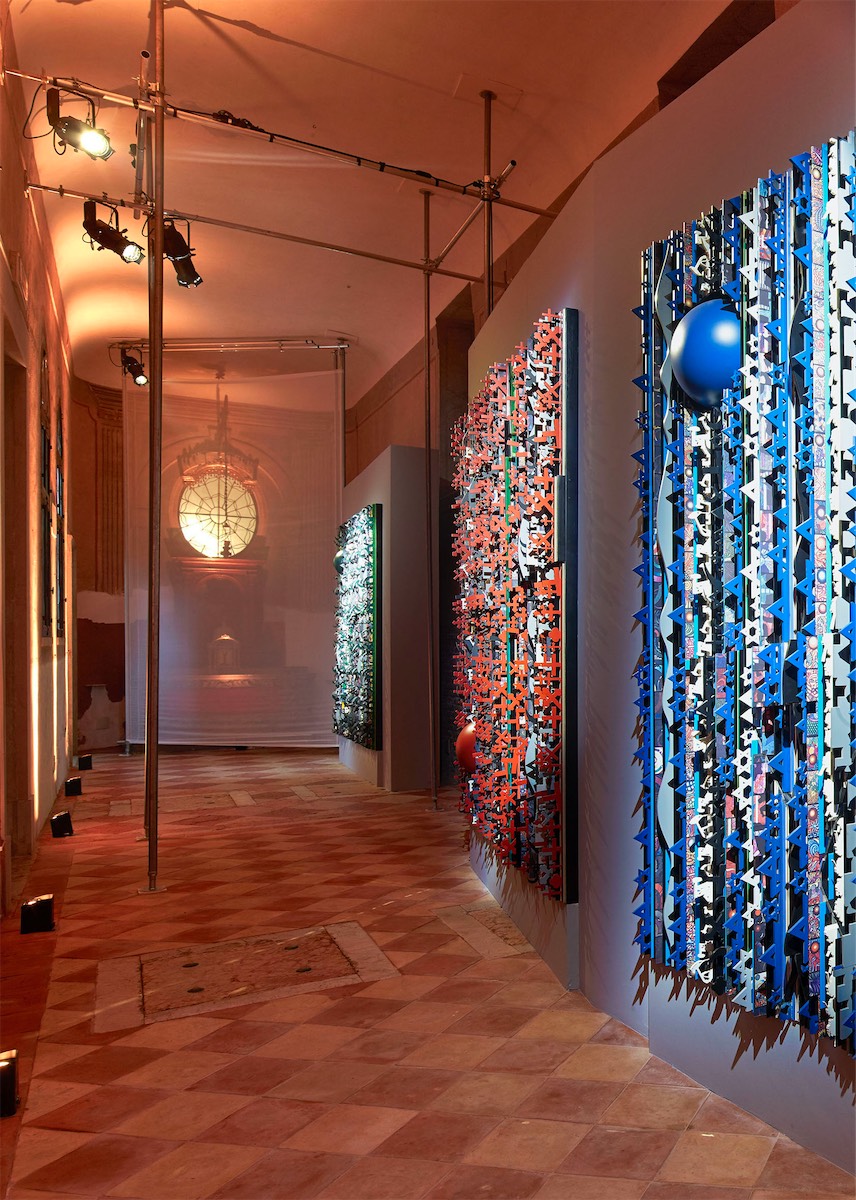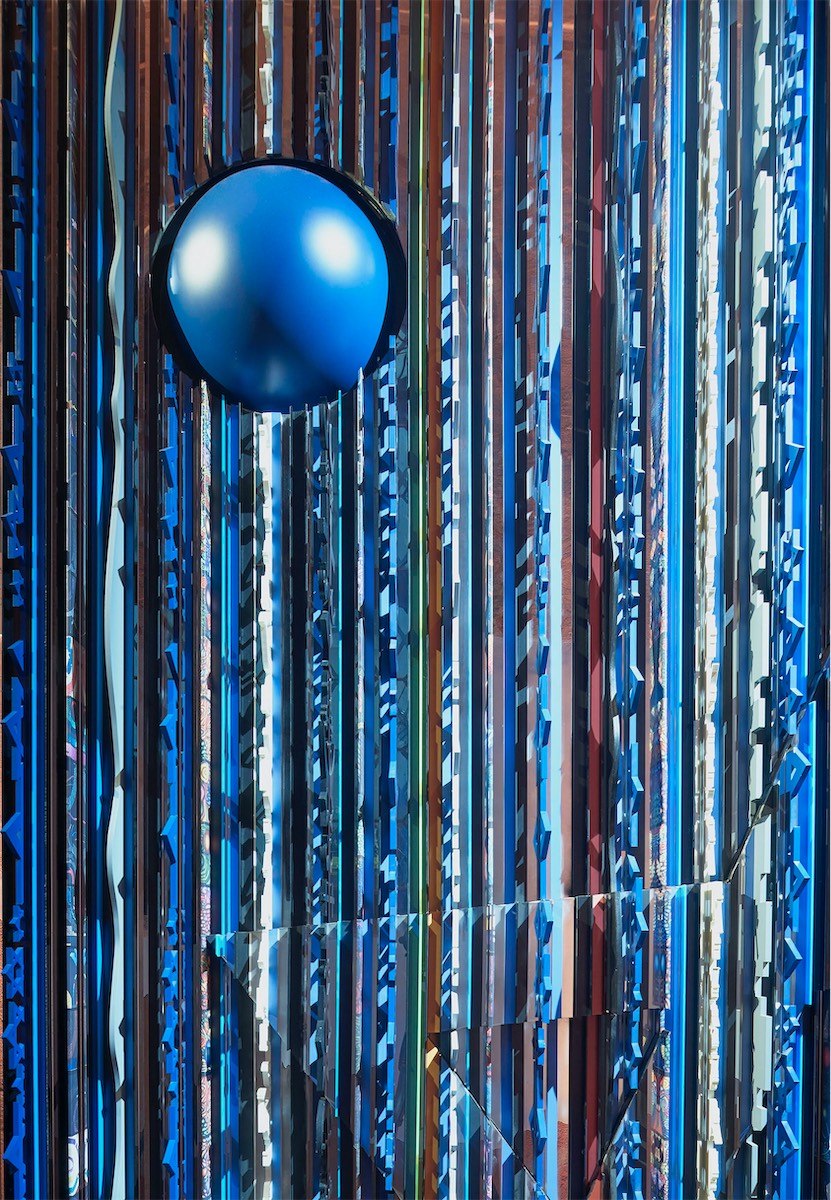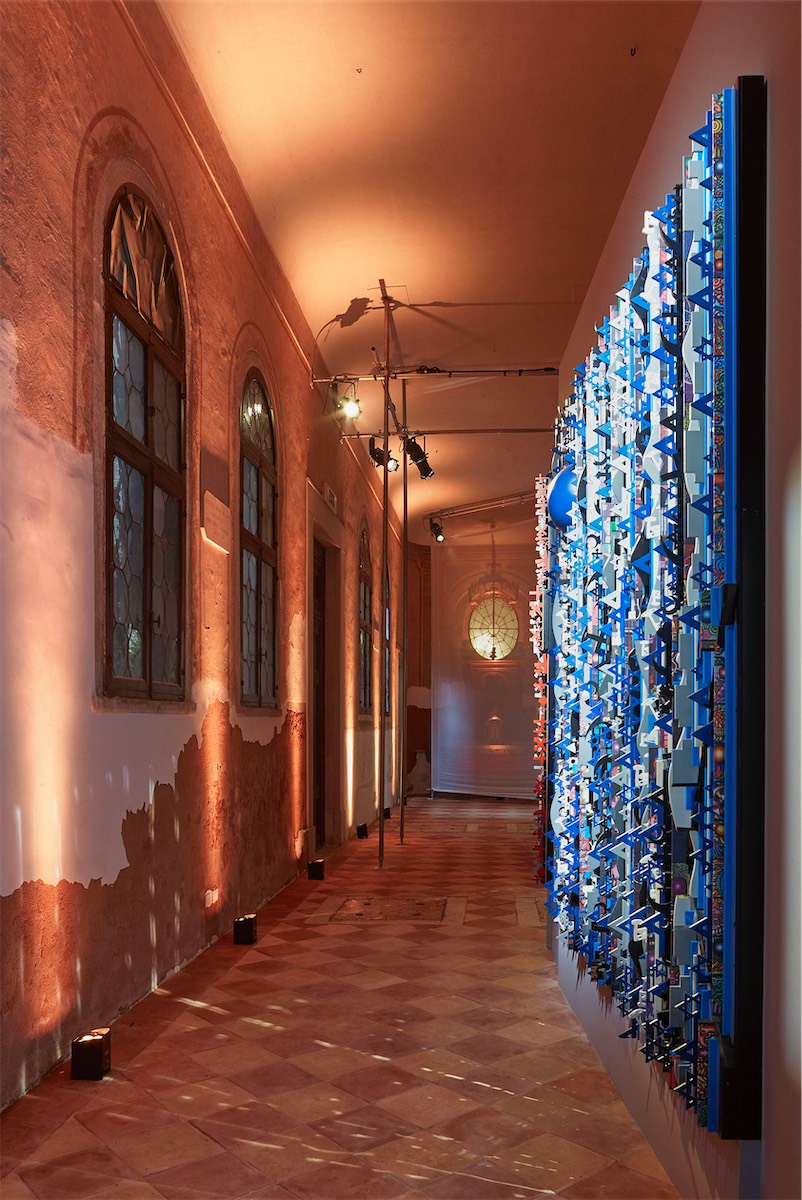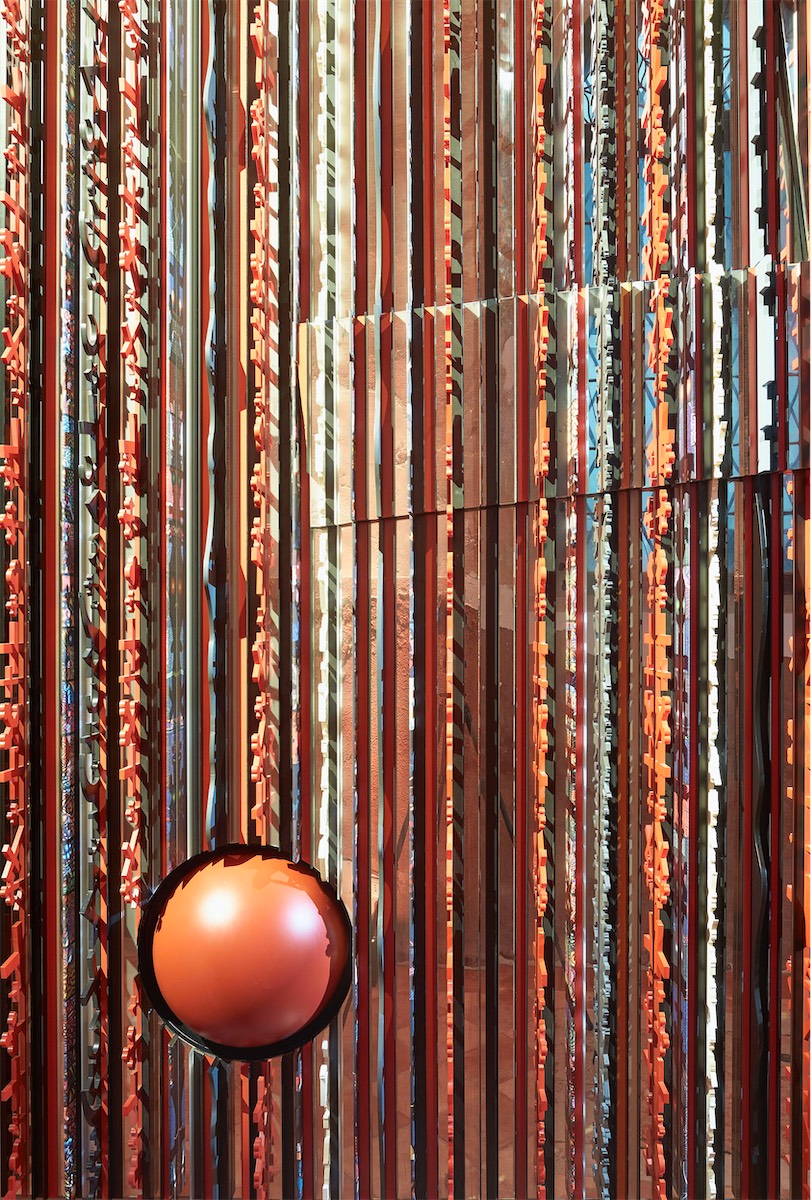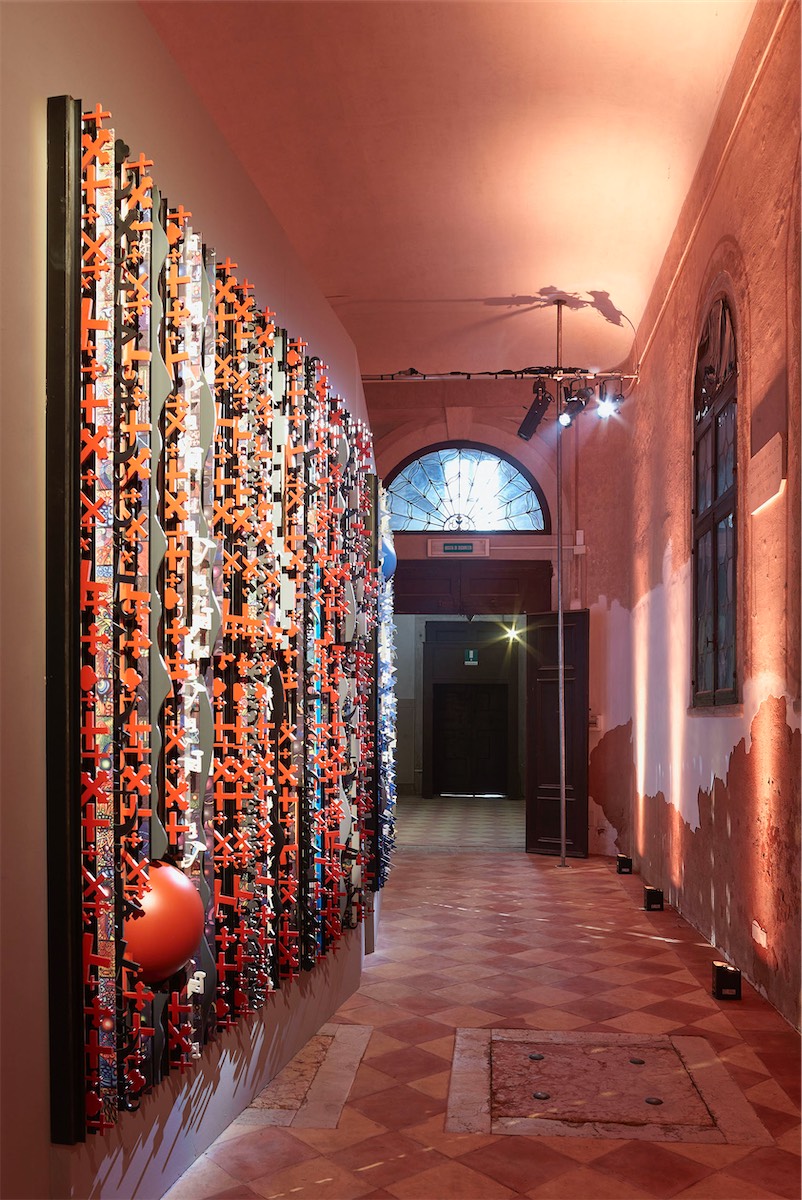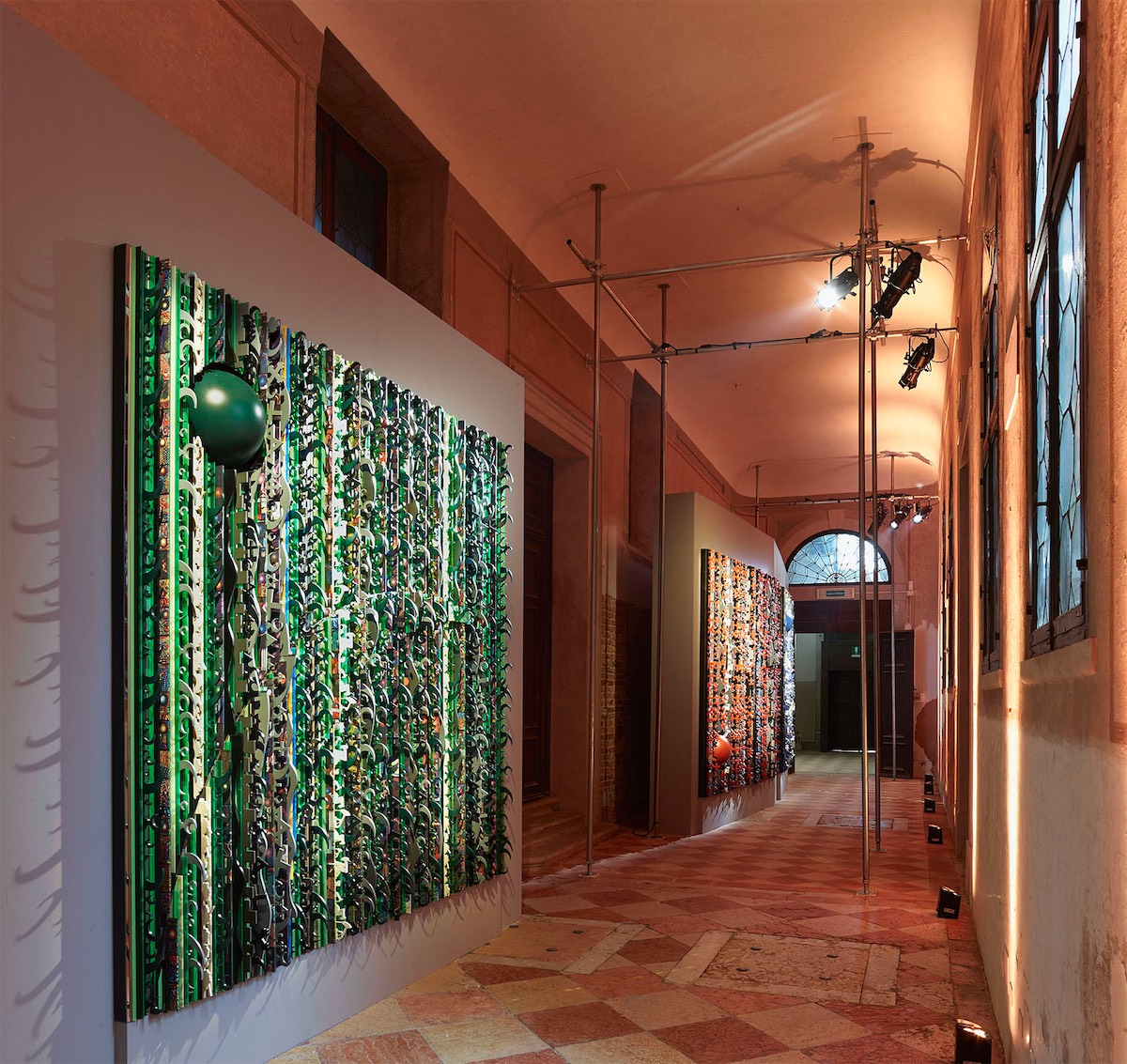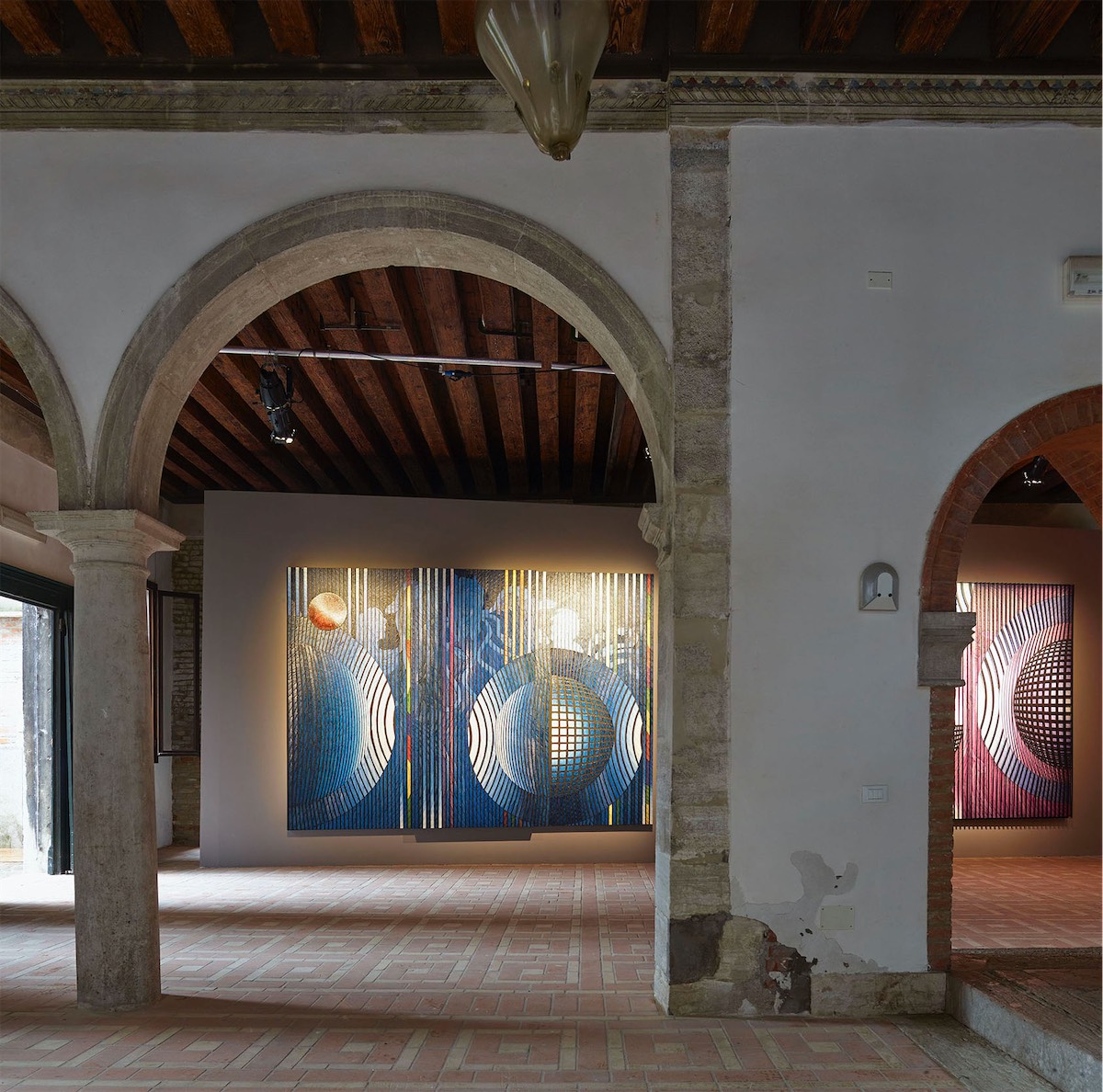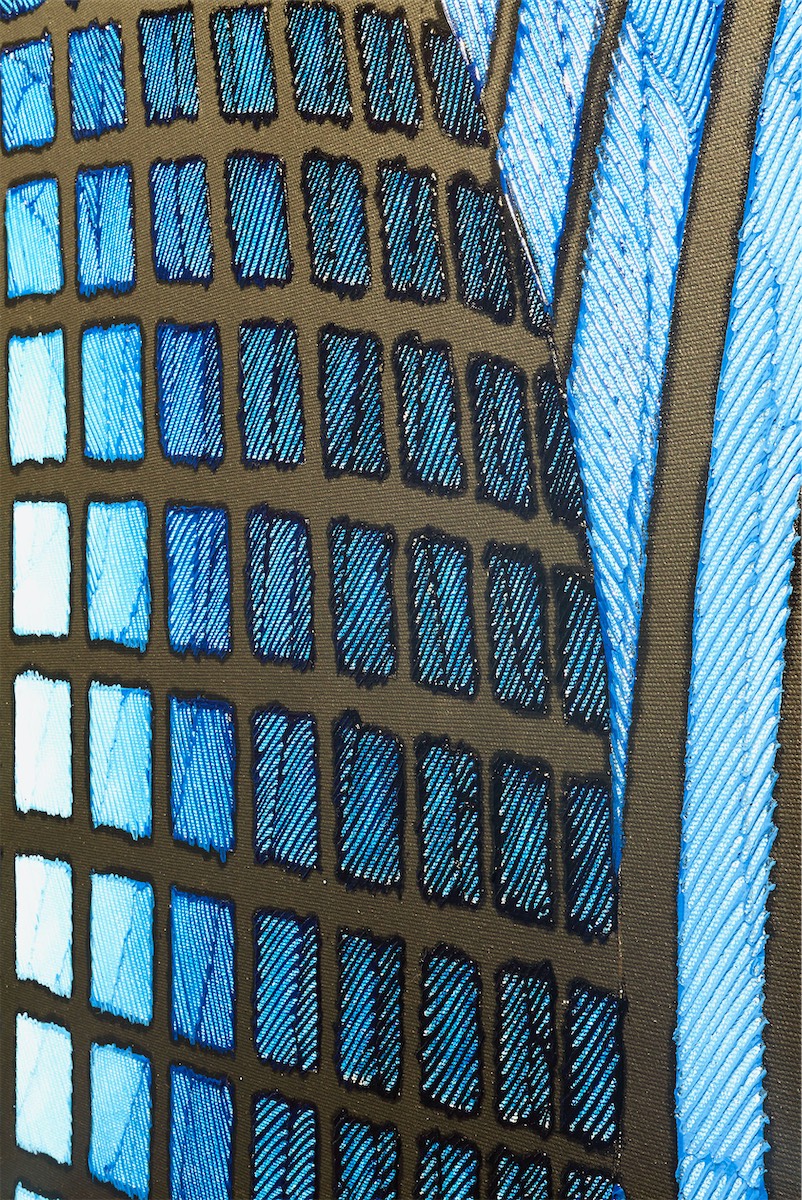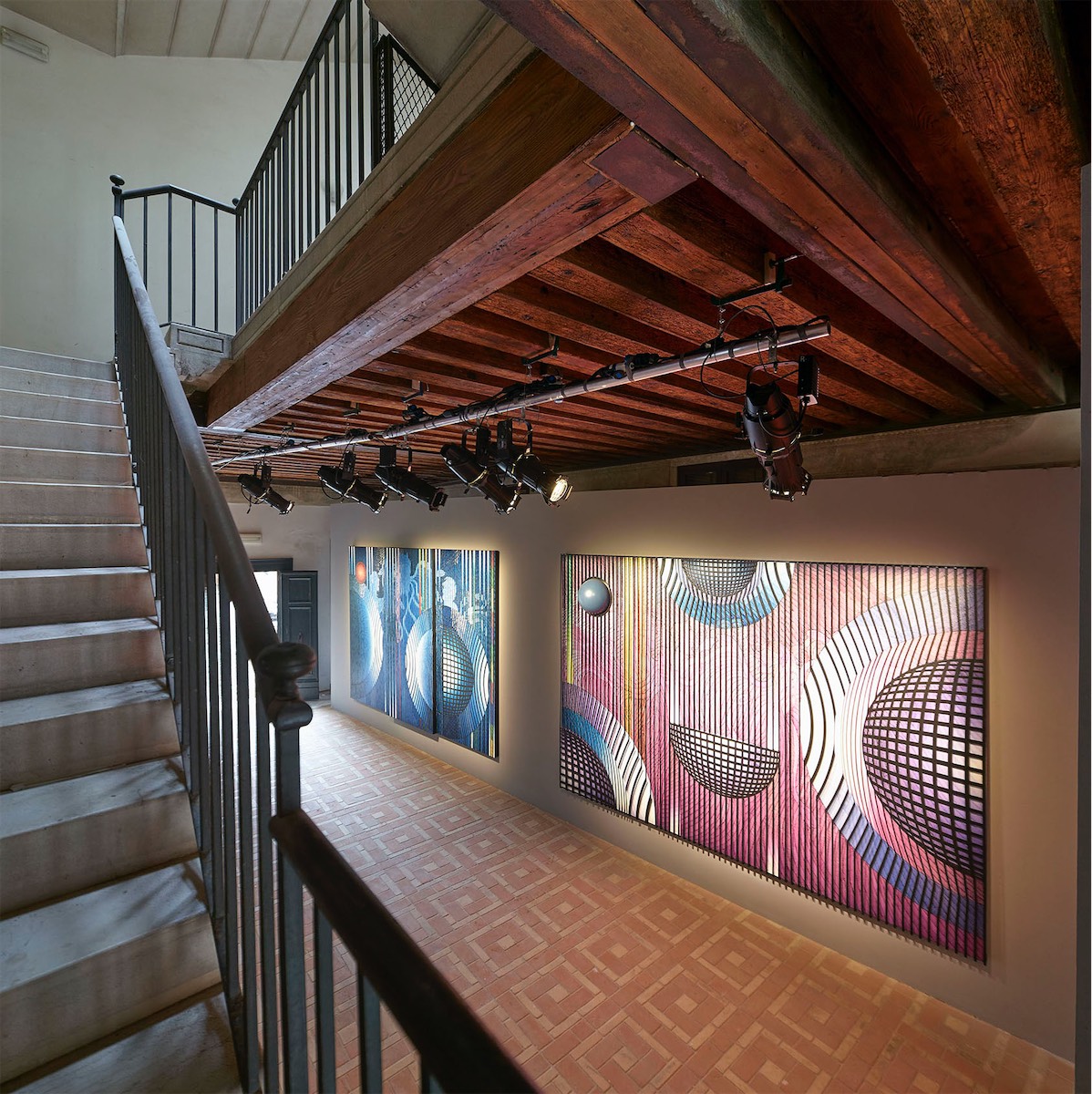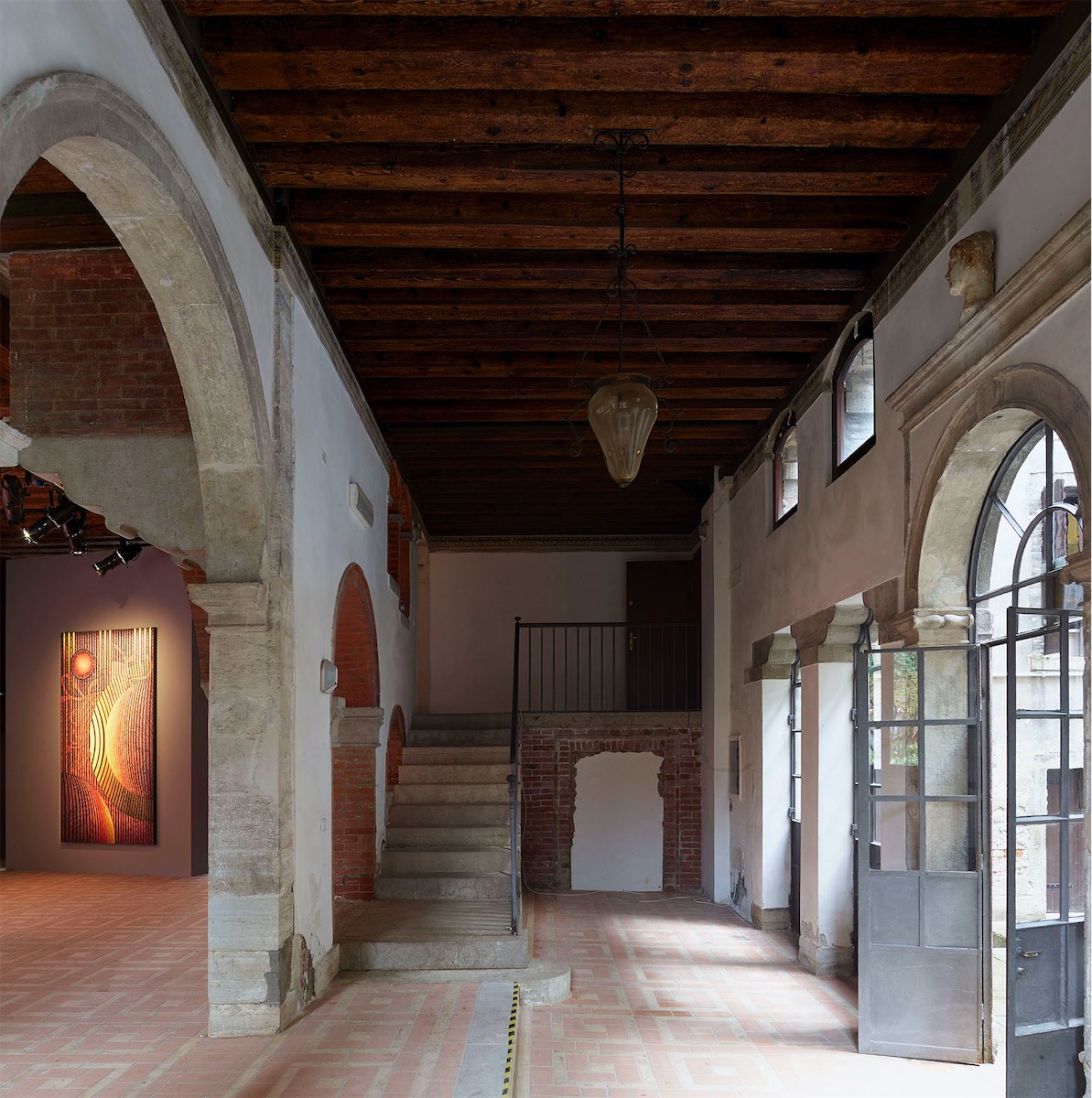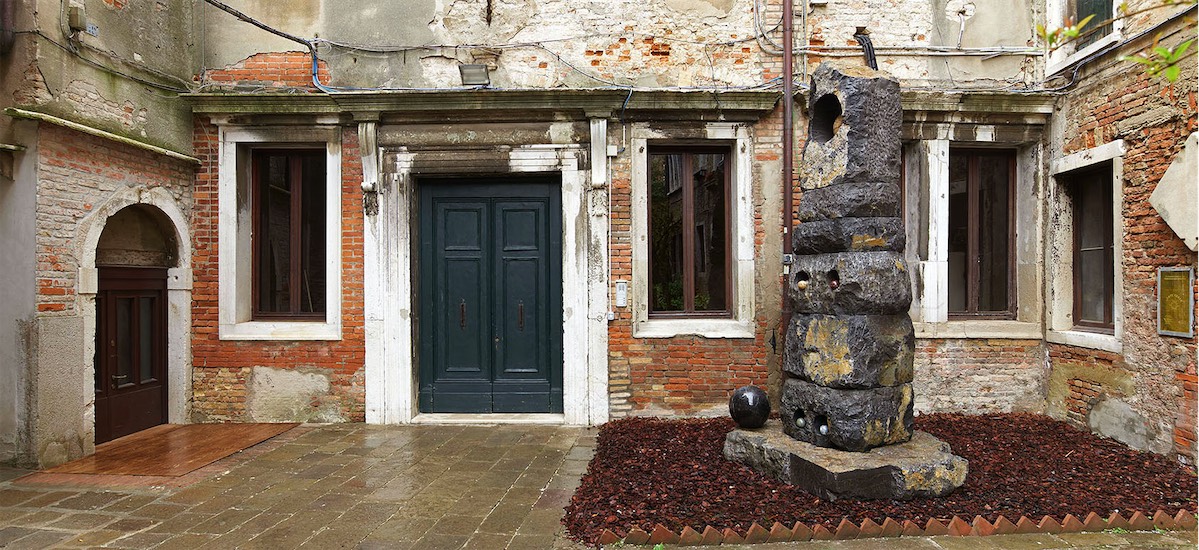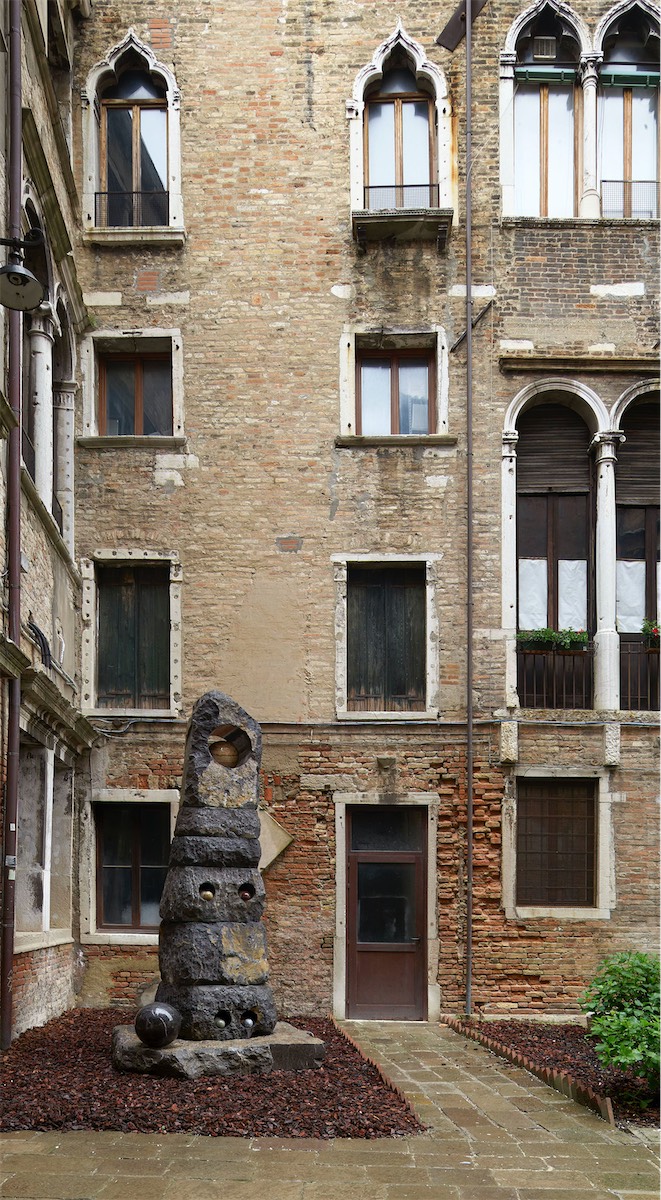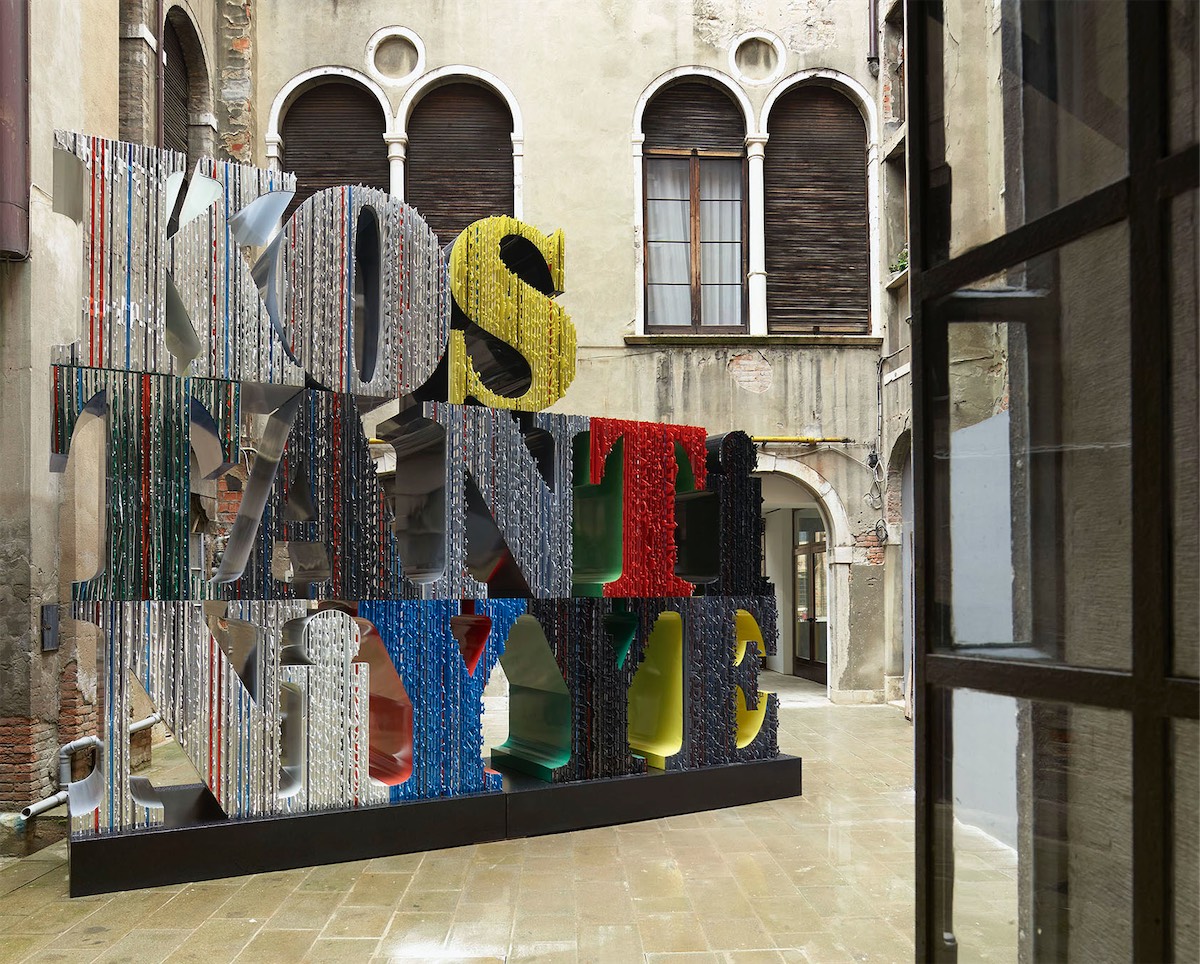6 May – 22 November 2015
Million Stone
Santa Maria della Pietà, Venice
Represented by Marlborough Gallery
Curated by Mathew Drutt
Concept design by Emre Erolat Architects
Lilith’s Farewell to Adam
2015
Oil on Canvas
275 x 390 x 12 cm
Meeting with Lady Lilith
2015
Mixed Media
280 x 390 x 15 cm
Lady Lilith’s Heaven
2015
oil on canvas
275 x 150 cm
Common Courtyard
Million Stone
2015
black marble
375 x 190 x 165 cm
Sculpture Courtyard
Kostantiniyye
2015
mixed media
420 x 520 x 140 cm
The installation of paintings and sculptures for Pietà embraces arguments about cultural history, politics and gender. Inspired by an archaeological monument in Istanbul that is less familiar to Western audiences, the original Million Stone, or Milion Taşı it is known in Turkish, was built by Emperor Constantine in the 4th century when Byzantium, eventually renamed Constantinople, was christened as the new Rome, the seat of power for the Byzantine Empire. Million Stone emulated a similar object built, which was the centre of the Byzantine world, and every point of the empire measured according to its distance from it. Today, it exists as a remnant of the original, resembling a crumbling obelisk, with all of the associations such objects have: erosion caused by time, phallic power, and a sense of infinity. The installation both celebrates and deconstructs the mythology of this object.
A series of three relief works titled Holy Encounter represent the region’s three major religions—Judaism, Christianity, and Islam—guide the visitor through the church to the artist’s recreation of the Million Stone, appropriately placed at the centre of the installation. But its phallic symbolism is challenged by a cycle of paintings that recount the story of Lilith for being the first rebellion against male domination.
The exhibition concludes with a sculpture of block-like giant colourful letters that spell out Kostantiniyye, the name adopted by the Turkish Ottomans. Within each letter, in relief as with the Holy Encounter that leads visitors into the exhibition, the earliest city names since its incarnation: Byzantion, Byzantium, Nova Roma, Constantinopolis, Dersaadet, Islambol, Asitane, and Dar-ül-Hilafet, replete with the same religious symbols in relief found in the cycle of the works that opened the installation. It provides a kind of closure to the show and is like a dense journey through the city’s frenzied history. Only the name İstanbul, since Turkey became a republic in 1923, is excluded. The exhibition offers visitors an immersion in ancient mythology and cultural progress whose imagery and significance resonate with the tumult of history and politics in play at this very moment in time.
Emre Arolat Architects—Pietà has a remarkable surface patina formed over hundreds of years and many symbolic layers of history. It was our priority to respect the continuation of the aura in Pietà and associate its atmosphere with the artworks. They were supposed to be together but at the same time independent of each other. We endeavoured to separate the works from the severe and controlling geometry of the Pietà’s highly axial and rigidly orthogonal design. Despite the volume of the artworks, we generated a form of ethereality and created a feeling of impermanence. Light enters the scene as an instrument that harnessed the space.
Understanding the art and space as two very disparate factors of equal strength, we designed a specific system with two layers of different colour tones which would not visually interfere with each other. By manipulating light, not the sculptural space, we expected Pietà not conceived merely as an object/space but as an experience in perception to bring the viewers into contact with the place all the time. In this respect, we employed the light with a higher colour temperature as a material to influence the medium of perception. We illuminated Pietà with narrow angled spotlights of amber colour all along the exhibition route.
Viewers are encouraged to experience the artwork as there is no form or surface to look at other than the work itself. We went on with contour lighting with a lower colour temperature to distinct the artworks from the space. It is a rather small distance that keeps the viewer from the next work of art, and on the way, the amber coloured Pietà accompanies them. The Cartesian split grew out of the tension between the space and the artworks, encompasses a varied but related set of dualities. Object/subject, art/viewer, orthogonal/dis axial, and form/content. In these dualities, with the designed lighting scenario, the viewer is presented with an opportunity to experience and transcend, albeit momentarily or for short periods, to relate with the artworks and the Pietà itself.



